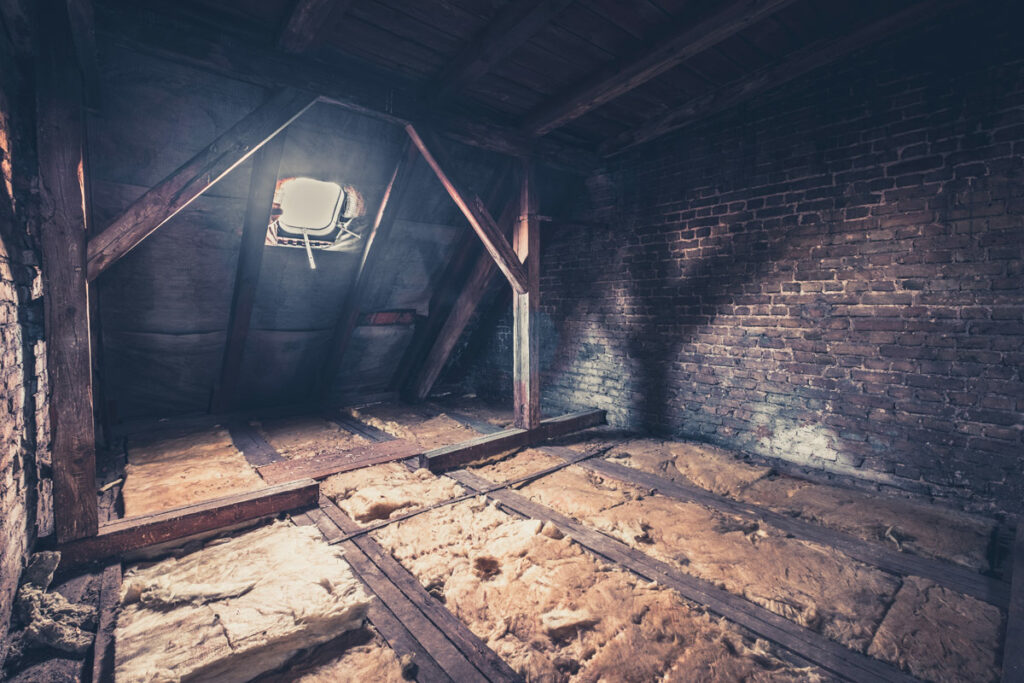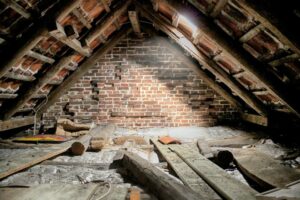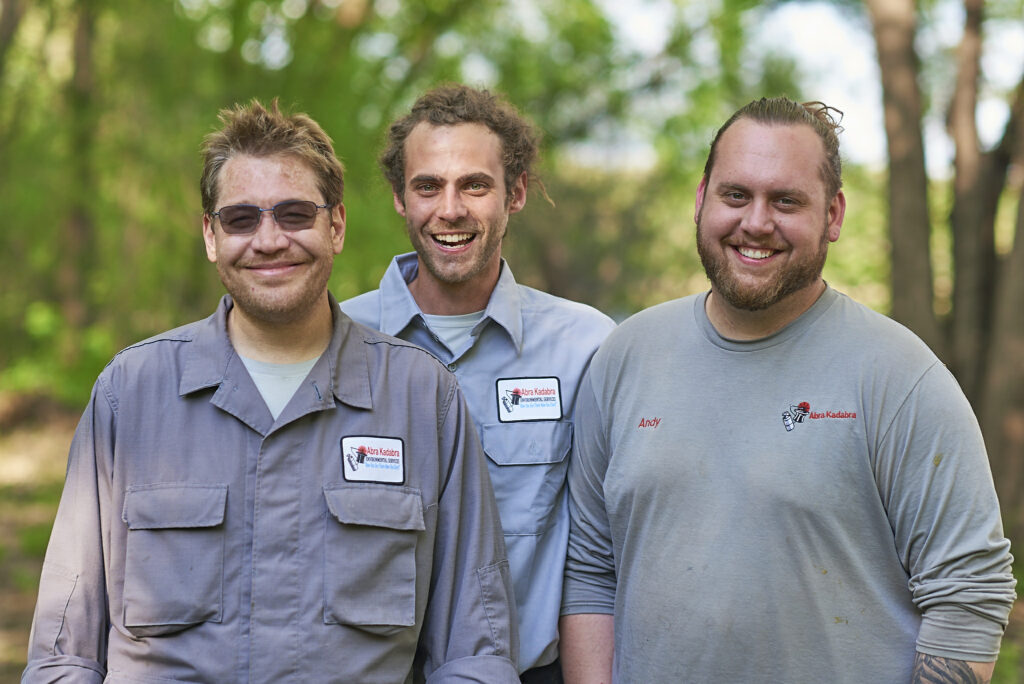Wildlife can do significant damage inside the attic of a home. They soil building materials and tunnel, trample and contaminate insulation, lowering the R-value of the insulation and creating the potential for water damage. The term R-Value refers to the resistance value of your insulation, or how efficiently it can regulate temperature and retain heat. Insulation allows our structures to retain warm or cold air, and is vital to any home or business. How much insulation you need depends on where you live. In the Twin Cities homes need an R-value of 49 or above.
Animal waste products and other biological matter also introduce the potential for zoonotic diseases and increase the potential for re-intrusion by leaving pheromones for other wildlife to follow into your structure. And there is of course the smell factor- animals living in your home can certainly produce a stench at times.
Bats present an additional threat not present with other wildlife intrusions. Bat guano is a highly corrosive substance, and capable of causing structural damage. If left unaddressed, guano will cause rotting of insulation, sheetrock, wood and many other materials which make up your attic area. Guano should always be fully removed after a bat eviction has taken place.
Significant attic damage from rodent or wildlife intrusion will sometimes require a full attic remediation. This means soiled insulation needs to be removed, contaminated non-removable surfaces such as framing lumber need to be disinfected, and new insulation must be placed. This process restores the R-value of your home’s insulation, removes foul odors, eliminates pheromones, mitigates the dangers posed by waste products and zoonotic diseases, and ensures that no additional guano-induced structural breakdown will occur.
Abra Kadabra offers an attic remediation service to help combat these threats. Our technicians include Wildlife Control Operators who have been trained and certified by the National Wildlife Control Operator’s Association (NWCOA). They hold additional certifications in Rodent Standards, Bat Standards and Structural Bat Management, and as Zoonotic Disease Professionals and Bird Management Professionals. We are highly trained and experienced in all aspects of zoonotic disease mitigation, and can bring peace of mind back to your home.

Attic remediation is the last step in the wildlife removal process. All wildlife should be removed and the structure excluded prior to remediation taking place. This ensures no further contamination or damage occurs after cleanup. An appointment will be set up following exclusion for this service to occur.
When we are performing attic cleanup work, our employees wear Tyvek suits with full-face respirators. Technicians begin by sealing off attic access areas with plastic sheeting to reduce the risk of contaminants entering the living space. An industrial vacuum system with vacuum hoses would be fed into the space via existing attic penetrations (vents, entry points, etc.). The vacuum hoses are inserted into the attic and a negative pressure air scrubber with HEPA filtration is deployed.
This enables the removal of guano, droppings, and flattened or contaminated insulation, which is bagged and placed in an on-site dumpster for removal. Once all contaminated or compromised removable matter is bagged up, the attic space can be cleaned and disinfected. Disinfectants are delivered through a UHV fogger or a directed spray liquid application.
New insulation, drywall, and other items removed during this process can be replaced once disinfection are completed. Abra Kadabra now offers insulation services to better assist our customers return peace of mind to their home through one streamlined customer experience.

Homeowner’s insurance will sometimes provide coverage for attic remediation. Rodents, including squirrels, are excluded from coverage, but both raccoons and bats are covered by many policies. Attic remediation is a repair to your home in that it brings the R-value back up to code and, in the case of bats, prevents guano from breaking down the structural elements of your home’s attic space. To find out if your policy provides coverage, reach out to your agent or insurer. Additionally, public adjusters are available to assist for a fee. Referrals can be provided upon request.
If you are a Twin Cities, MN resident and have an issue with pests or wildlife, give Abra Kadabra Environmental Services a call today.
